Contemporary Dance Teaching
I am passionate about floor work, acrobatics, fluid movement, Improvisation and Partnering, in general I love any kind of movement that serves some sort of expression. In my teaching, be it for professionals or open level, I do want to overall transmit the idea of working from within (intention, emotion) to the outside (a certain form) as opposed to some other schools where it is thought to learn and perfect the form first. I am sure that the form follows the function.
Rather than how do I move,
Iwant to focus on
why do I move,
what makes me move?
This beautiful concept I love to explore in professional classes as well as amateur classes or community classes.
"Veronika Kulscar is one of the few dancer who can teach you how to soften the floor while become yourself a soft and at the same time aligned dance creature.
Embodying David Zambranos philosophy of Flying Low and Passing through she will guide you with precise and thoughtful feedback to your own unique quality of movement.
Her energetic way of teaching will awake the sleeping body parts within you and let you discover the magic of the talking torso."
- Bernadette Casu (student)
Upcoming Dance Workshops and classes :
1.5.23 9.30-11.00 St Gallen Ig Tanz Ost Profitraining
3.5.23 11.15-12.45 Move On Studio Vienna www.moveon.at
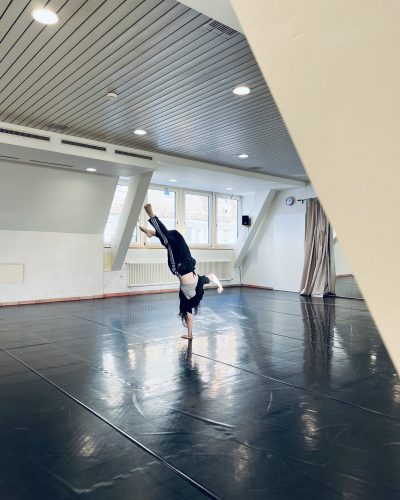
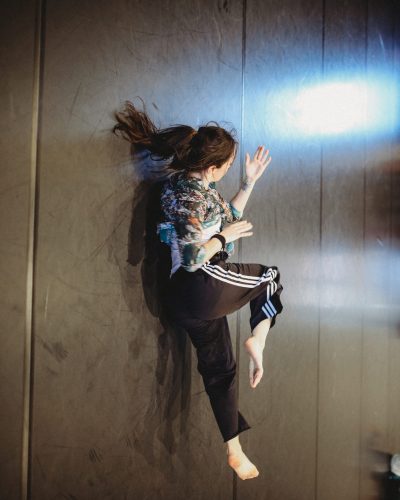
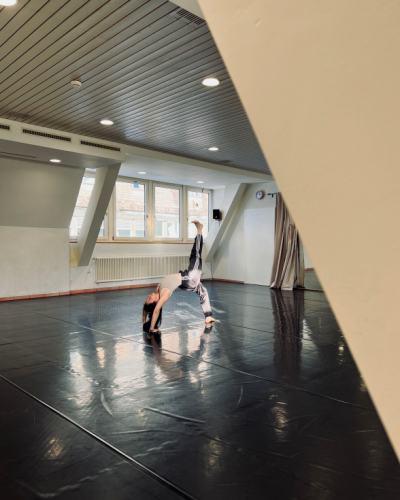
Since a few years I started to share my knowledge and experience collected from so many inspiring movers and artists in the frame of professional dance training in different cities across Europe. I was lucky to teach (f.e.) in St. Gallen (CH), TQW (AT), Tanzpunkt Hannover (DE), Tanzfabrik Berlin (DE), K3 Hamburg (DE), Leipzig (DE), Freiburg (DE), Pro Dance Vienna (AT) amongst others. Further I am teaching a more educational series of classes since 2 years in the dance education Dancemotion in Vienna (Dancecenter Move On) to young aspiring dancers and movement artists. My aim is to train our dancers bodies in an everyday context but also to keep inspiring with new ideas and motivation, so we never lose the curiosity and passion for your art.
Embracing space (Floorwork & Flying Low)
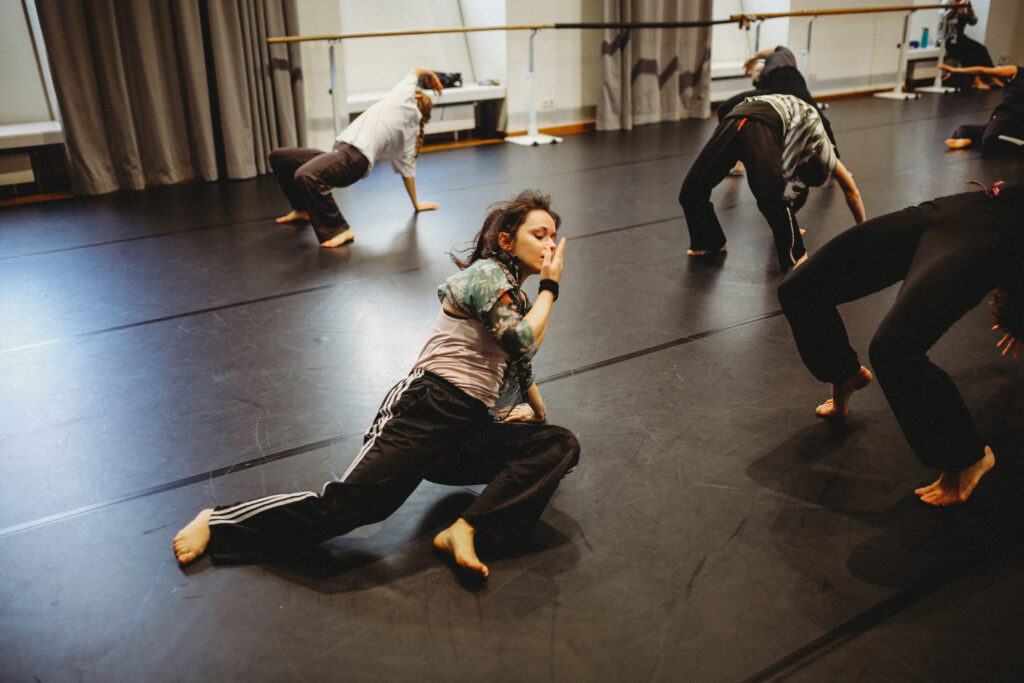
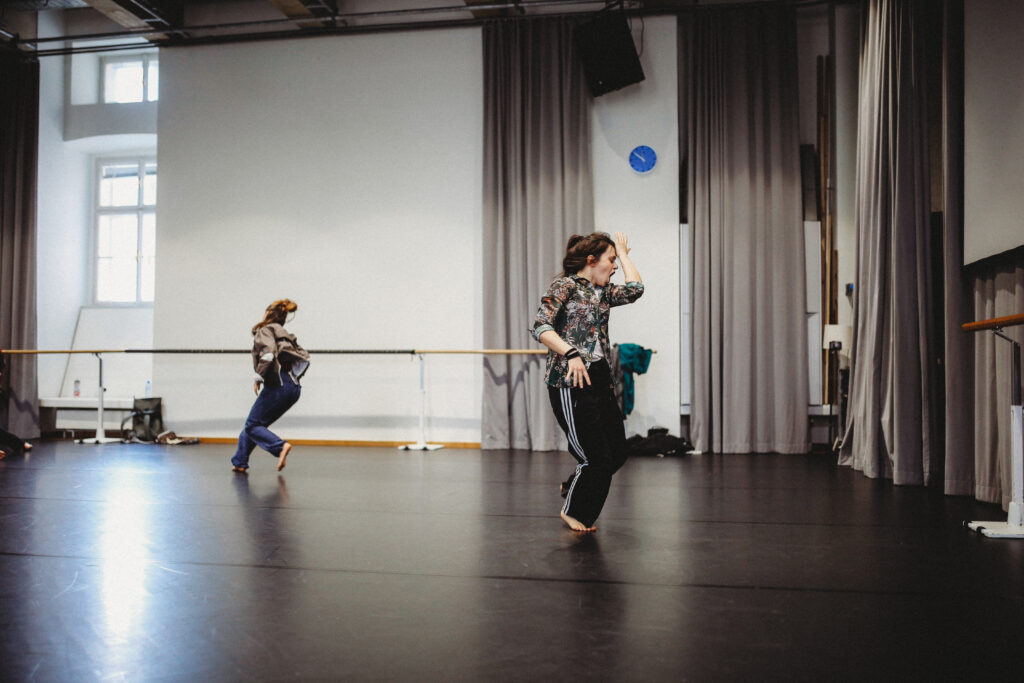
Pictures: Aline Hölldampf
I was lucky to have been part of the last group of people that trained with David Zambrano for one month every day on the beautiful island of Corfu, for this experience I am incredible grateful for. This was not the beginning of my love for Flying Low and floor work (I discovered that much earlier) but rather the point after which I was sure this is something that I want to share with the world and all kinds of movers. “Into the earth and out of the earth, gathering and sending” using those classic principals of Flying Low I added my own flavour to it and generated my own Floorwork style that I named Embracing space. It adapts a lot if info and energy from David Zambrano´s classes, as well as my own input and the experiences I gathered through other movement forms (like Yoga and Capoeira) and even through my studies of Sport Science and Art Therapy (looking at the mind and body from a more scientific viewpoint). We learn how to push the floor, play with our weight, using the body´s biodynamics in favour for our dance and also how to approach to floor in a non violent way.
The goal and passion of mine is, similar to Flying Low, to get to a level of speed that our body moves instinctively and we do not need to think with our brains too much but rather mastered a certain level so that we can give it all of our intentions and emotions.
BEYOND AESTHETICS (Improvisation and Instant Composition)
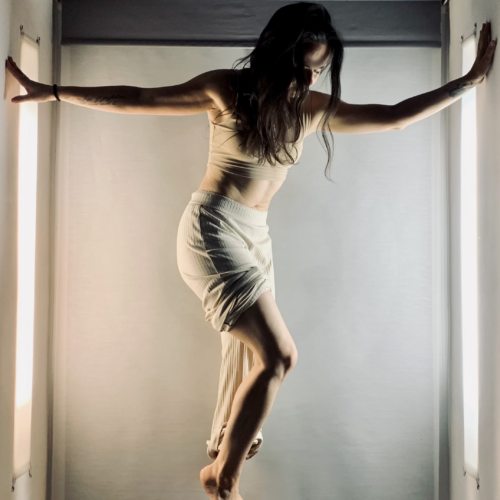
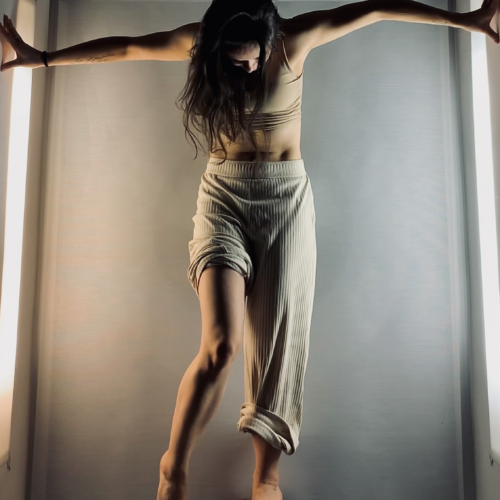
Pictures: Andrea Vezga
